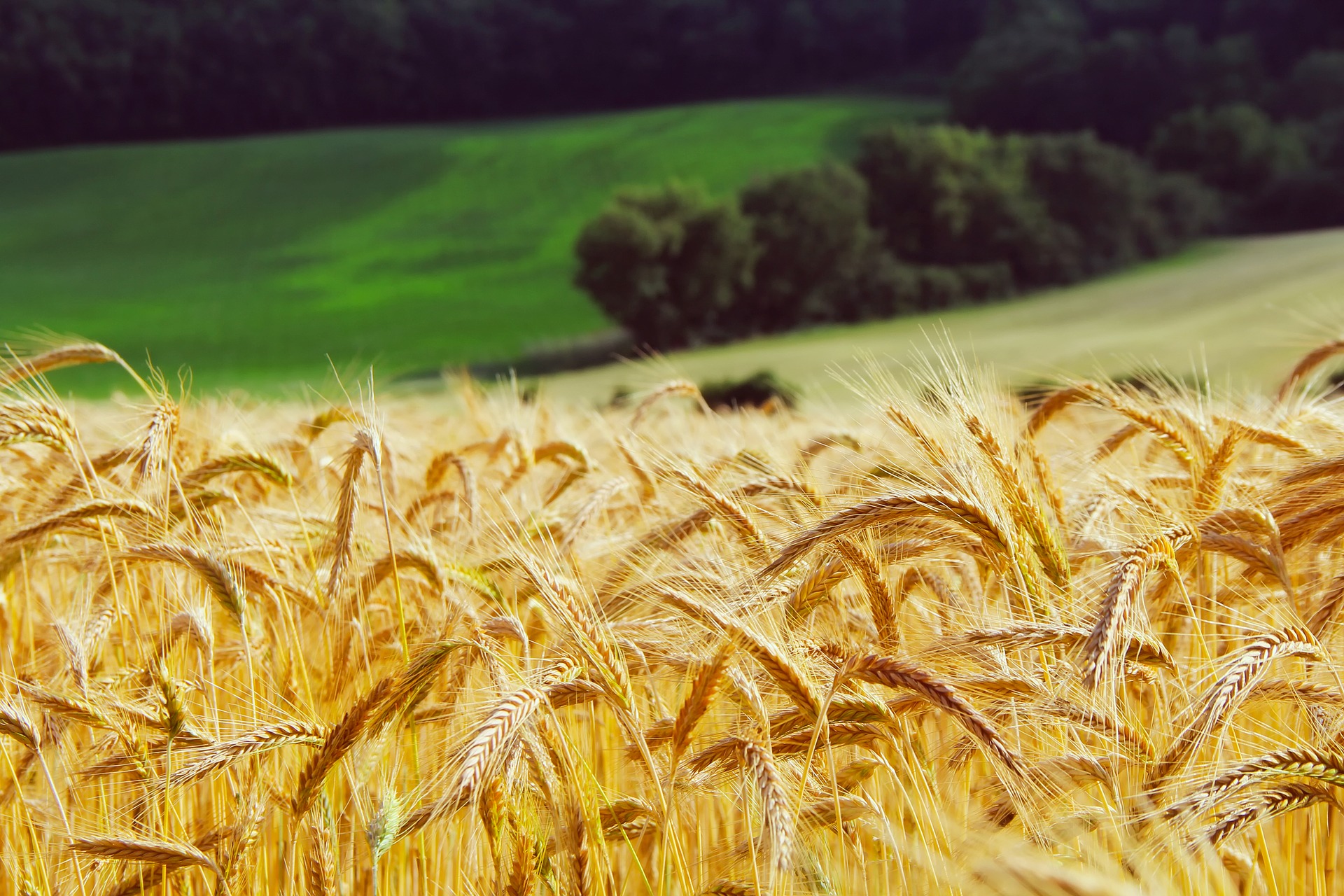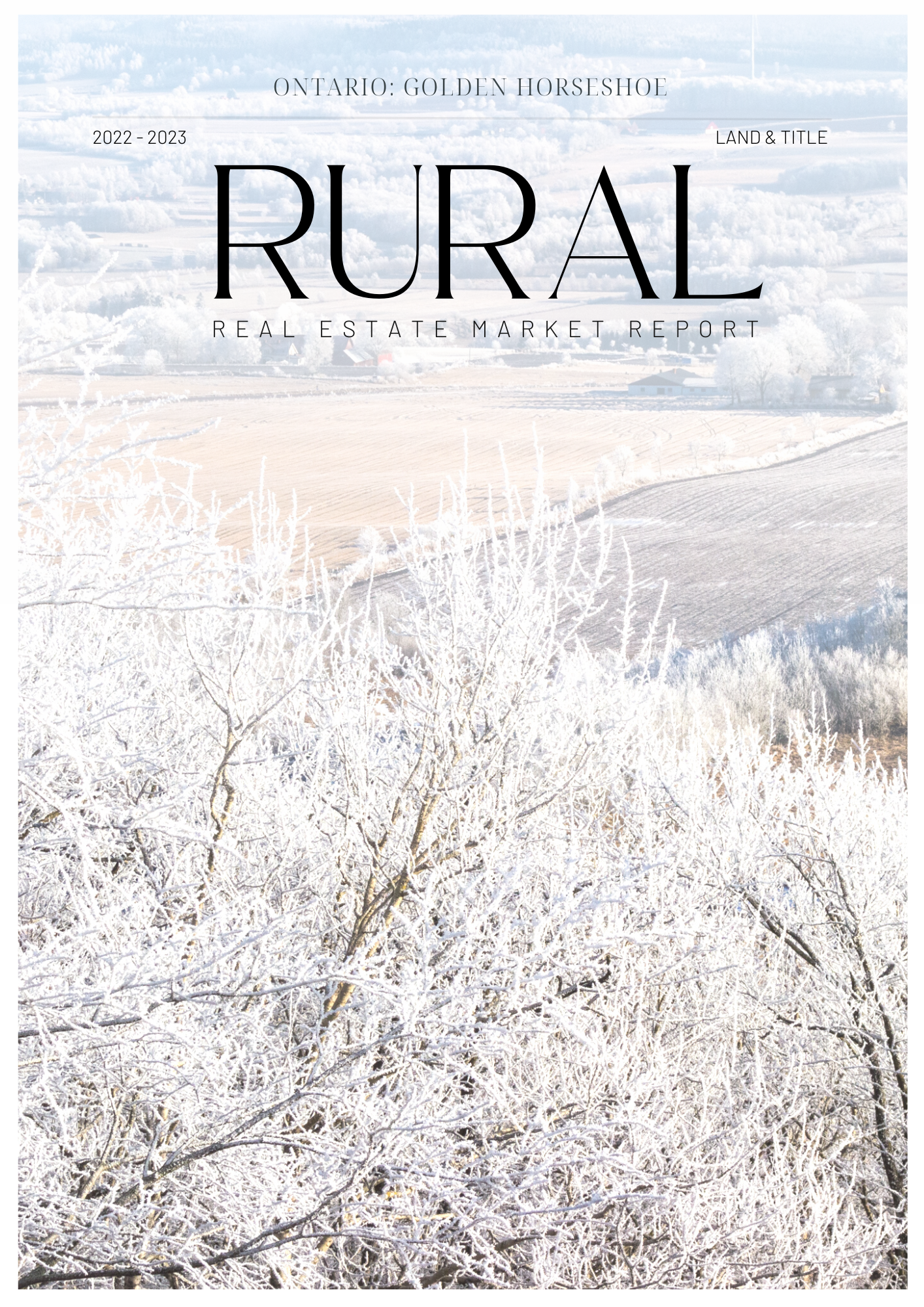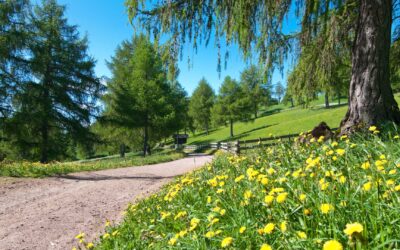The possibility of wealth preservation with Canadian Farmland.
Most seasoned investors are familiar with Commercial real estate as a way to preserve capital after they have already made it in business or have experienced years of growth with smaller real estate investments. Perhaps the time comes to consolidate equity into fewer but larger properties.
Commercial real estate is still a fairly active investment, where you have to think about improving management, improving the tenant profile, upgrading the buildings and so on. There is nothing wrong with this…but some investors out there might be wondering if there is a tangible real estate asset that will preserve capital in a similar way but that requires less active involvement.
Canadian Farmland could be an attractive alternative. Ok let’s jump in…boots first! 🙂
The “Dirt” on the Dirt
We might as well get this out of the way right off the bat…..nothing is perfect.
As you may or may not know, financing on Commercial real estate can be brutal, but Farm Land financing might be worse. For instance, if it is just farmland without a house on it, and you yourself are not a farmer…..well, there aren’t really any financing options. So this would then literally be a place to park cash. You will need to look at this type of investment as you would a stock, bond or some offer paper asset instrument, except of course, that this is real and tangible. The draw to farmland is that, like any other forms of real estate, it doesn’t vanish into thin air with the click of a button!
This is not a cash flow play, income on farmland is low.
So if you are expecting it to cash flow like a student rental, it won’t! This is a Steady Eddy form of investment that has extremely low volatility.
There are ways to increase cash flow of course. For example, by buying a piece of farmland with a house and out-buildings on the property that you can rent out for additional income. In this scenario, you should be able to finance the house and a limited number of acres to increase your ROI, paying the balance of the land purchased in cash. Or you could enter into higher risk/return rental agreements that include a crop share arrangement. This allows you to share in the fruits of the farmers’ labour, but you’ll also share in the down years as well. Having said that though, most rented farmland is just a straight cash rental amount – just like a house – and that is what we will be basing our overview on in this article.
Here is another perspective to consider. With commercial real estate, there can be booms and busts, vacancies, oversupply in the market and so on, just like rental housing. With farmland, what is out there is out there, they aren’t making any more of it! In fact, we are losing farmland to development as our population grows and cities continue to expand.
Building a Case for Buying Farmland
Canada has 70 Million Hectares of Agricultural land and punches well above its weight in net cereal crops and meat exports compared to other producing countries due to our relatively small population. Now take note, the amount of Canadian farmland has not changed since the 1950’s, but the average Canadian Farm size has. There has been a lot more consolidation of farms, giving us a larger average farm size compared to the U.S.
With larger farms comes an increase in net investment into the farms. In fact, net investment has gone up over 162% in the last 20-30 years. This means Canadian farms are running more advanced, higher tech operations and practices which is fuelling higher profits and revenues compared to other producing countries.
Just like in our commercial and residential markets, Canada Farmland is certainly appealing to foreign investors. Here are some reasons why:
- Canada has a global reputation for being a safe place to invest. Even with the correction in 2008, Canada survived very well compared to other OECD (Organization for Economic Co-operation and Development) countries.
- Canada is also considered a safe place and has none of the sovereign risks when compared to other countries. Corruption perceptions are very low with our strong courts and property rights systems.
- We have a well-established infrastructure network for roads and rail, with access to the U.S and also coastal ports on either side of the country.
- Because of our soil types and climate, only about 2% of our arable land requires irrigation, compared to 15 – 17% in the US and 40% in China. And we also have ample supplies of water if we need it! Because Canadian farmland requires less irrigation, we have much fewer problems with soil degradation, and while this is awkward to write, Canada stands to become even more wet with climate change. Nature (scientific journal) is already predicting that Canadian Agricultural yields stand to increase with climate change in parts of the country and is one of the only counties to do so
The Numbers / Risk Return
You can look back at 60 years of history on Canadian Farmland returns and find equity-like returns, similar to those of stocks but with much less volatility.
You will find 7-8% average return on appreciation with 2-3% (of land value) net lease income for an average of about 10% total return per year – all with a standard deviation of only 8%. Compare that with Canadian bonds….8% return and 10% standard deviation over the same period of time. On average, Canadian stocks returned about 11% but had a standard deviation of 16-17%! Remember how I said Canadian Farm Land was a “Steady Eddy” investment?
Farmland has also been a great hedge against inflation. Farmland values have increased as food prices have increased, and as a general rule in times of inflation food prices have increased more than the rest of the economy. And interestingly during inflationary periods farmland returns have increased almost at the same rate as treasury bills.
Even in times of deflationary pressure in other parts of the economy food prices remain high – and with food shortages and population growth – the price of food will likely continue to rise and so it seems, will the price of the land that grows it!
Opportunity
The average price per acre of US farmland is $3140 for 2018, compared to the average Canadian price of $3111 in 2018.
Coupled with all the positives in our farming industry, Canadian Farmland is a very attractive investment and stands to increase in the decades to come.
Certainly, with these types fundamentals foreign interest and investment will be strong….so get while the getting is good!
“Wherever your day takes you and however it ends, chances are it began with a farmer” 🙂
* Statistics and other information adapted from Bonnefield. For more in-depth information on farmland investing, please visit them here.






